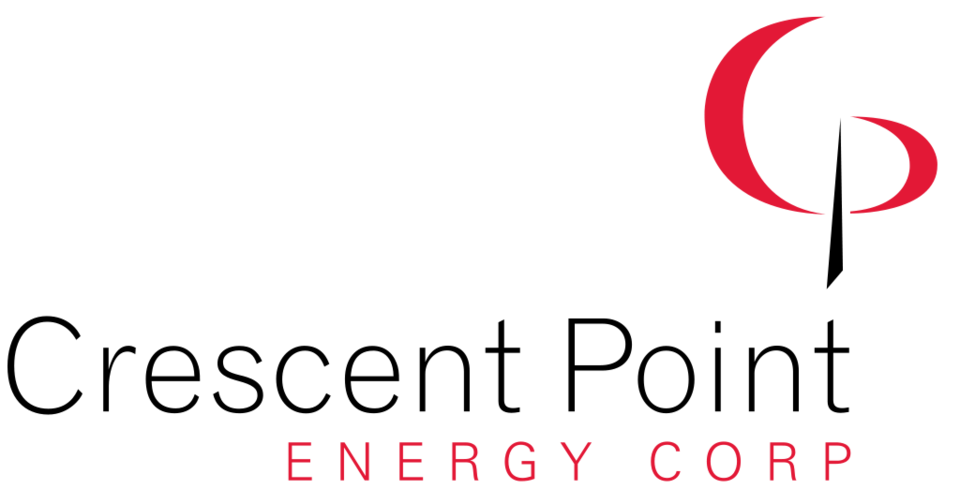Crescent Point Energy Corp. is continuing is growth plan, and intends on continuing to deploy its new waterflood technology after success with it so far. On April 27 the company announced its operating and financial results for the quarter ended March 31, 2017.
"Our focus in 2017 continues to be executing our organic growth plan and delivering exit production growth of 10 percent per share," said Scott Saxberg, president and CEO of Crescent Point. "Our strong first quarter results demonstrate this focus and the success we are achieving within our resource plays."
Crescent Point achieved average production of 173,329 barrels of oil equivalent per day (boepd) ahead of first quarter guidance of 170,000 boepd. This is an increase of eight percent compared to third quarter 2016, when the company accelerated its capital program as a result of the success of its new play development.
In the Williston Basin which encompasses southeast Saskatchewan, southwest Manitoba and northwest North Dakota, the company remains focused on low-risk, high-return infill development and down-spacing programs. The company's successful step-out drilling program continues to expand the North Dakota Three Forks play across the Canadian border, where it is referred to as the Torquay formation. Crescent Point has approximately 10 years of drilling inventory across multiple zones within the basin.
Crescent Point continues to advance its Injection Control Device (ICD) waterflood system following up on the success of its initial pilot in late 2016. At the end of first quarter 2017, over 35 ICD waterflood systems have been installed throughout the Williston Basin and Shaunavon resource plays with additional installations planned after break-up.
The company spent $465.5 million on drilling and development activities during first quarter, drilling 286 (259.7 net) wells. Approximately $50.0 million of this capital was allocated to wells that were drilled but have not yet been completed. Including land, seismic and facilities, Crescent Point's total capital expenditures were $532.1 million.
Williston Basin
During first quarter, the company drilled 159 (141.2 net) oil wells in the Williston Basin. Crescent Point noted its development strategy continues to include a combination of low-risk, high-return infill development, step-out drilling to expand economic boundaries and down-spacing to identify new drilling locations. The company's 2017 step-out program includes the continued expansion of the North Dakota Three Forks resource play across the Canadian border. The program has successfully grown this resource play in multiple directions and continues to advance with the implementation of new completion fluids.
Southwest Saskatchewan
Crescent Point drilled 106 (103.6 net) oil wells during first quarter in southwest Saskatchewan. The company's development strategy focused on low-risk, high-return infill development in the Shaunavon resource play and the continued testing of its extended reach horizontal program in the Viking resource play. Crescent Point is encouraged by the results of its extended reach program, which provide the potential for additional drilling locations and improved play economics.
As part of its 2017 budget, the company plans to construct new infrastructure in the Shaunavon area, including a new gas plant to accommodate production growth. Such investments are expected to continue to reduce Crescent Point's operating expenses.
Waterflood
Crescent Point's waterflood strategy during 2017 focuses on the continued implementation and testing of its ICD waterflood system, which increased water injectivity in its initial pilot during late 2016.
At the end of first quarter, the company has installed over 35 ICD waterflood systems in its Williston Basin and Shaunavon resource plays with additional installations planned after break-up. Results from these installations are being monitored throughout the year.
Increased water injectivity and enhanced water distribution is expected to help manage reservoir pressure to improve decline rates and estimated ultimate recoveries. Favourable results provide Crescent Point with the opportunity to transition approximately 270 existing injection wells to the new ICD waterflood system without having to take existing producing wells offline.
The company continues to advance the unitization of its four initial units in the Bakken waterflood. Crescent Point has also identified additional units within the Viewfield Bakken for future waterflood expansion.



